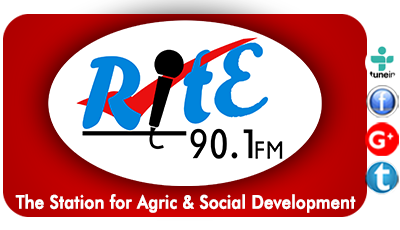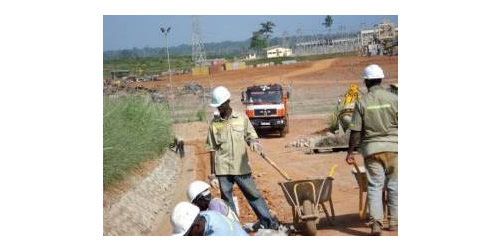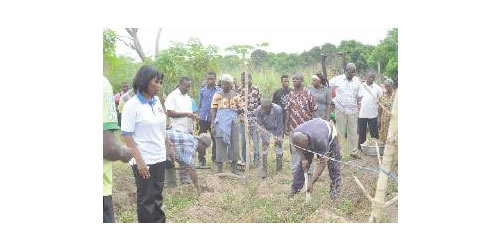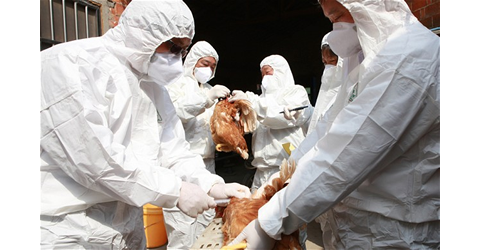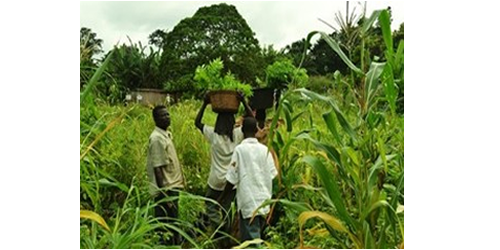The benefits of the Livestock industry
The poultry sector continues to grow and industrialize in many parts of the world. An increasing population, greater purchasing power and urbanization have been strong drivers of growth.
Advances in breeding have given rise to birds that meet specialized purposes and are increasingly productive, but that need expert management.
The development and transfer of feed, slaughter and processing technologies have increased safety and efficiency, but favour large-scale units rather than small-scale producers.
These developments have led the poultry industry and the associated feed industry to scale up rapidly, to concentrate themselves close to input sources or final markets, and to integrate vertically.
One element of the structural change has been a move towards contract farming in the rearing phase of boiler production, allowing farmers with medium-sized flocks to gain access to advanced technology with a relatively low initial investment.
Livestock and Income Generation
According to the Food and Agricultural Organisation (FAO), about 1.3 billion people currently have to survive on less than US$1 a day. As about 50 to 75 percent of these extreme poor depend on agriculture as part of their livelihood, agricultural development can make a major contribution to poverty reduction.
Given that in most developing countries agricultural populations continue to grow while agricultural land cannot expand at the same rate, agricultural production cannot easily be expanded horizontally. Rather, productivity gains resulting in increased value of output are essential to raise rural incomes.
Livestock products provide an example of high-value agricultural produce, with roughly three out of four agricultural households already keeping livestock, and therefore represent an important means for poverty reduction.
Livestock have a variety of characteristics that make them important contributors to sustainable rural development. They provide marketable products that can be produced by small-scale, household production systems, and are generally of higher value and less vulnerable to critical harvest timing than many crops.
As an agricultural product with relatively high income elasticity, livestock are particularly attractive as a means for rural households to participate in urban-based economic growth.
Livestock are also productive assets, which contribute directly to farm output through animal traction and indirectly as a store of wealth for future investment. Finally, they can contribute to soil fertility and recycling of agricultural waste.
Many livestock holders can benefit directly from the increasing market demand for livestock products. Demand growth rates of 3 percent for cereals are less than half the demand growth for high value livestock commodities, demand for which is increasing by 6 to 8 percent annually.
Furthermore, the poor can also benefit from the fact that livestock development creates demand for labour, ( including the feed industry, agro- processing, and sales and retailing) supports economic linkages with the feed and processing industries, sustains trade balances, encourages food security through stronger supply and can lead to lower prices for food of animal origin.
The potential contribution of livestock sector development to the livelihood of the poor is thus very significant.
Information from FAO was used in this report.
Source: start.com.gh
